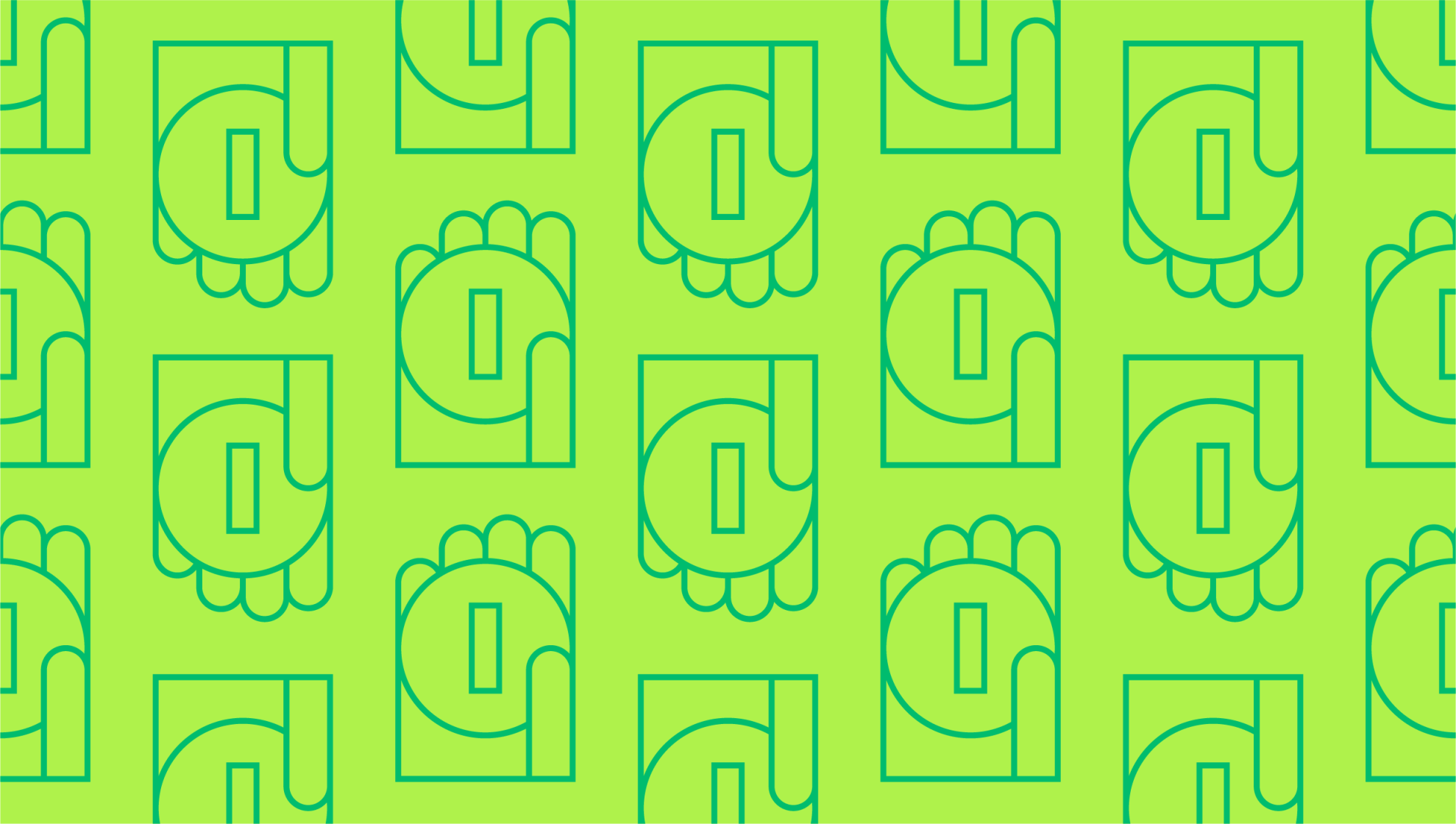Last editedApr 20203 min read
Chasing unpaid invoices? You’re not alone. In fact, a study from Sage found that late payments cost small and medium-size businesses as much as $3 trillion globally. Furthermore, over 30% of SMEs view the need to protect the client relationship as the key barrier to chasing unpaid invoices. Figuring out how to recover unpaid invoices – and whether to charge late payment interest – can be tough, particularly if you’re worried about chasing your client out the door. Find out how to collect unpaid invoices from customers and how to charge interest on unpaid invoices, right here.
How to recover unpaid invoices – first steps
If the invoice payment date has come and gone and you still haven’t been paid for your goods/services, it may be tempting to go on the warpath. But take a beat. There are many explanations for unpaid invoices, including forgetfulness on the part of your client or the invoice simply slipping through the cracks of a busy accounts payable department.
That’s why it’s so important to begin the collections process by getting in touch with the client. There’s a good chance that crossed lines and miscommunication led to the unpaid invoice, rather than anything more malicious. Start by sending a friendly email reminding them that the invoice is overdue and asking when you can expect to receive payment.
If you don’t hear back, place a call to the accounting team asking for an update. If neither of those options work, the client still hasn’t responded, and you don’t have any further information about how you’re going to get paid, issue a final notice informing them that you’re going to begin charging interest on the unpaid invoice.
How much interest on unpaid invoices can you charge?
So, how much interest can you charge on unpaid invoices? It’s important to remember that each state has different laws regarding the level of acceptable interest that you’re allowed to charge. For example, the legal maximum rate of interest in Connecticut is set at 12%, whereas the maximum rate of interest in Wisconsin tops out at 5%. You can find a detailed explanation of interest rate laws by state here.
Remember that maximum late fees and standard late fees aren’t the same thing, so you should pay attention to the standard late payment interest rate charged in your industry. In many cases, it will be around 1-1.5%. Furthermore, it’s vitally important that you specify the late fee on your contract with the client and on all invoices that you send. Otherwise, the client could feel blindsided by the charge.
If you’re considering charging a late fee/interest on unpaid invoices, just remember that it’s supposed to be a motivation tactic to get your customers to pay you, not an extra revenue stream. The amount you charge should be big enough to kickstart a payment, but not so significant that your clients feel as if they’re being extorted or punished for paying late.
Once you know the maximum legal rate of interest in your state and you’ve settled on a rate that you’re comfortable with, you can start charging interest. Let’s imagine you’re based in Connecticut and you’ve chosen to set a monthly interest rate of 1%, the maximum possible rate (12% / 12 = 1%). If your client is 30 days late on a $10,000 invoice, they now owe an additional $100. If, after another 30 days, they still haven’t paid, they’ll owe a further $100, adding up to a grand total of $200, and so on until they pay.
How do you charge late fees on unpaid invoices?
To inform the client of the additional charges, you’ll need to send them a new invoice including the new cost. You should state, clearly and unequivocally, that the additional charge is a late payment fee. Of course, you don’t need to learn how to charge interest on unpaid invoices by hand. There are many accounting tools that give you the option to set late fees as a flat fee or a percentage.
Taking further action to collect unpaid invoices
If after all that, the client still hasn’t dealt with the unpaid invoice, there are a couple of additional options you may wish to consider. However, you should remember that all these methods are likely to damage your relationship with the client, so in some cases, it may be worth simply writing the unpaid invoice off as an unfortunate cost of doing business.
You could get in touch with a collections agency to chase the unpaid invoice on your behalf or – if your client is experiencing cash flow problems – consider offering a payment plan of three to six months. Alternatively, you could file a lawsuit. This is almost certain to spell the end of your relationship, and it’s also worth remembering that your legal fees could be costly if you do decide to take the matter to court.
Finally, there are more unconventional methods you can use to recoup the unpaid invoice. For example, invoice factoring is a type of business finance where you essentially sell your outstanding invoices to a third party, who’ll then take responsibility for collecting them from your customers. You’ll receive around 80-90% of the invoice value up front, and then the rest (minus the factoring company’s fee) after the remaining amount has been collected.
We can help
GoCardless helps you automate payment collection, cutting down on the amount of admin your team needs to deal with when chasing invoices. Find out how GoCardless can help you with ad hoc payments or recurring payments.

